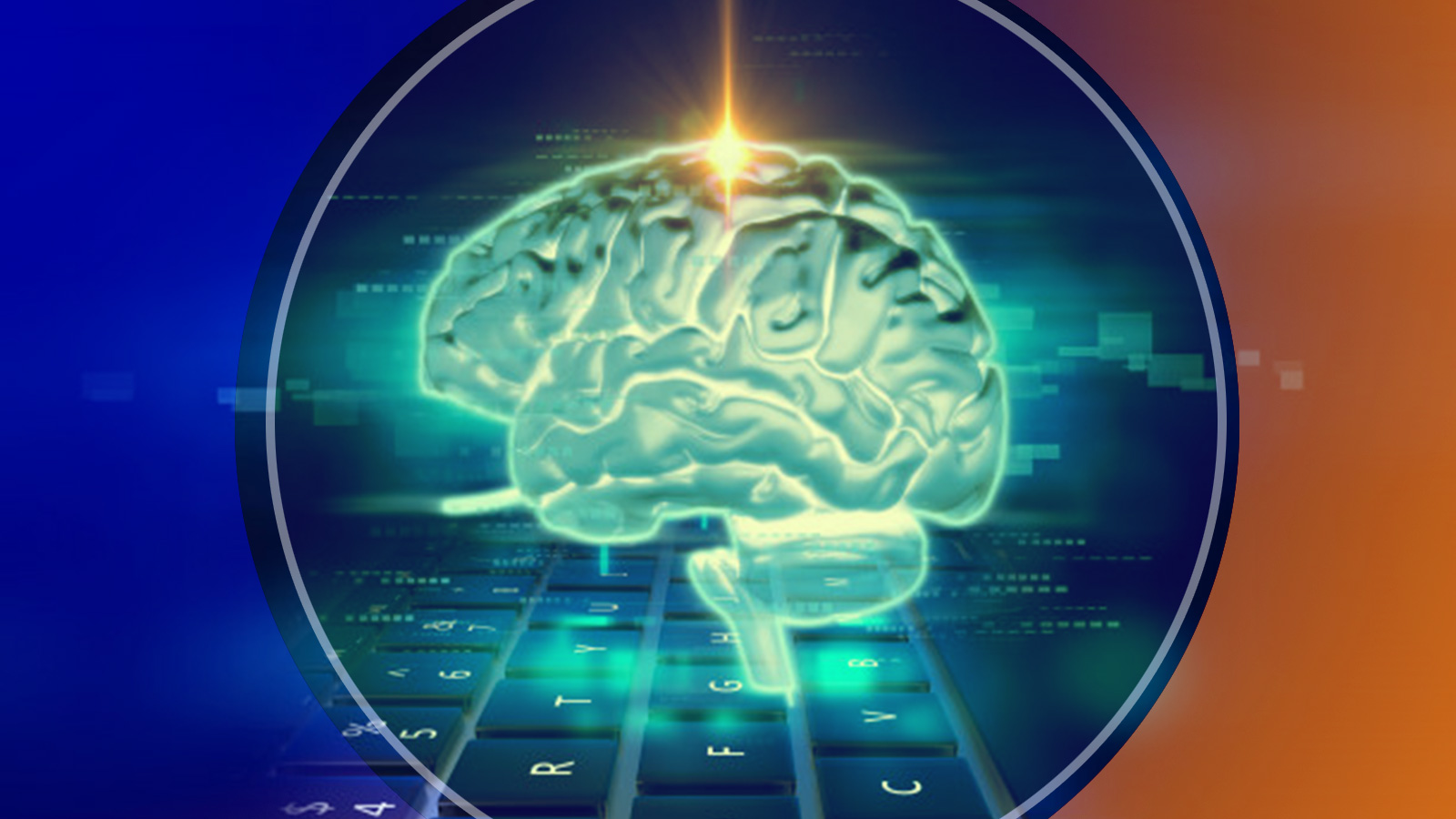What we’ve learned from the early days of CX technology is that forcing customers to conform to rigid mechanical processes (language choices, service versus support options) doesn’t provide a customer-centric approach. It didn’t take long for people to figure out pressing “O” to get a live operator—or shouting “agent” in frustration—was almost always the best choice. Thankfully, AI, powered by Machine Learning and evaluated and fine-tuned by humans, has come a long way in the last decade. AI-powered virtual assistants are now able to ask— and respond to—open-ended questions like, “What can I do for you today?”
Marketers fulfill a dual function within their organizations. They’re the company’s chief brand ambassadors. But because of the unique insights that they gain into how their customers think, feel, act, behave, and buy, they’re also customer advocates. As AI-powered CX evolves, CMOs can learn not just what happened but why it happened, and how to predict what will happen next. That leads to better, more informed decision-making, which becomes increasingly crucial as the need to personalize the customer experience becomes the most significant brand differentiator.
As one digital marketer said, “AI makes decisions, ML makes predictions.” This is crucial because purchasing behavior is not binary. Whether or not you’re an advocate of the Net Promoter Score (NPS), even the NPS acknowledges the subtlety of the passives on the spectrum. Customer service is not binary: there will always be advocates and detractors. While their minds can be changed, passives represent opportunities that marketers have not yet learned how to target.
Read More: Consumer (Dis)Likes and Brand Loyalty in the Era of Digital Customer Experience
Crucial Area of Opportunity
A 2017 Gartner survey revealed that 81 percent of CMOs now expect they will have to compete on CX as commoditization spreads from industry to industry and from product to product. Therefore, CX is becoming more than a crucial area of opportunity. It is also a unique selling point for companies operating in both the B2B and B2C spaces.
But the successful implementation of AI-based CX is still an elusive goal. According to Amir Dehnad of Avanade Europe, “A total of 65 percent of Marketing leaders agree that their businesses are not mature enough when it comes to personalizing their customers’ experience—a clear sign of the need for AI-driven CX.”
How AI-Powered CX Can Help
While AI will continue to evolve as Machine Learning initiatives are implemented, it’s already assisting with the four Ps of Marketing in a variety of ways. Here are some examples.
Product
While algorithms are not perfect, those that capture as much of the individual customer experience as possible are far more accurate predictors of future behavior than those that don’t. Compare two types of algorithms. A simple one tracks purchases only but doesn’t take into account that the customer may be buying similar items from competitors’ sites, or the fact that some of the purchases may be gifts. A more advanced algorithm tracks solely that customer’s tastes (one example is the Netflix algorithm, which tracks what a particular viewer watches). The latter permits a far greater degree of customization and predictability.
Price
By supplying context and demand, AI-powered CX permits price optimization.
Place
AI-powered UX permits real-time Content Personalization across all channels. That means the right, personalized content reaches its ideal customer at the right time, via the right channel, based on user profiles and historical behavioral data.
Promotion
AI’s Machine Learning-poweredd systems can analyze scenarios in real-time. That provides a real advantage when choosing which offer to present for customer conversion or retention. It also makes it possible to customize offers, which is increasingly becoming the goal of successful marketers.
A recent study of 7,000 consumers indicated 74% “are willing to share their personal data to get a personalized experience.”
Read More: In-App Versus Open Web: Adopting Strategies for Optimal Customer Engagement
Seamless Integration Across Channels
As we near the end of the second decade of the twenty-first century, consumers interact with brands in so many more ways than ever before, and most experience brands “across multiple channels throughout the purchasing journey. From a physical store to a website, to a mobile app, consumers expect a fully frictionless and integrated experience regardless of channel or device.” They will also take a brand to task via multiple channels. They expect the same level of CX support via email, website, telephone, and social media channels as diverse as Twitter, Facebook, and Instagram.
All the data in the world is useless, however, if it isn’t being reviewed and analyzed, and that’s where the Machine Learning component of AI comes in. “At its core, AI enables humans to make better decisions by using machines to continuously learn as humans do.”
That said, before a CMO can successfully implement AI-powered CX, buy-in from all senior-level executives is required, as is company-wide adoption of a customer-centric mentality. When teams are aligned, it’s possible to make real change and real progress.
Here is an outline of a simple formula to ensure successful implementation of AI-powered CX.
The five crucial steps are:
- Harness the data.
- Transform the data into actionable insights.
- Act on real-time feedback.
- Rediscover who your customer is.
- Anticipate your customers’ needs.
Eliminating Bias—and Guesswork
As Machine Learning acquires data and Artificial Intelligence learns to process and sort it, the time spent on segmentation is no longer a manual, human task. Increasingly sophisticated AI can distinguish sarcasm—“I loved spending an hour on the phone with your customer service rep—not!”—from positive feedback when analyzing online reviews. According to Forrester’s 2018 report, “Artificial Intelligence Will Spark a Real Marketing Renaissance,” while “data-driven Marketing is nothing new, AI promises access to insights on demand.
It will enable Marketing teams to uncover customer needs and expectations, generate real-time segmentation on the fly, and develop laser-focused targeting techniques…” The same report revealed that 38 percent of Marketing leaders are also responsible for CX. That’s perfect because anticipating, fulfilling, and exceeding customer expectations is precisely where Marketing and customer service meet.
Doing it Right
Before you even begin to evaluate AI systems for your organization’s Marketing efforts, take the time to follow these five steps outlined by the folks at Gartner:
- Create a customer experience vision and strategy.
- Map and analyze your customers’ various journeys.
- Find out what AI can do to help you analyze customer sentiment.
- Make the build-or-buy decision.
- Establish how you’ll track and measure success.
Read More: 7 Tips for Creating a Customer-Centric Organization












Comments are closed.